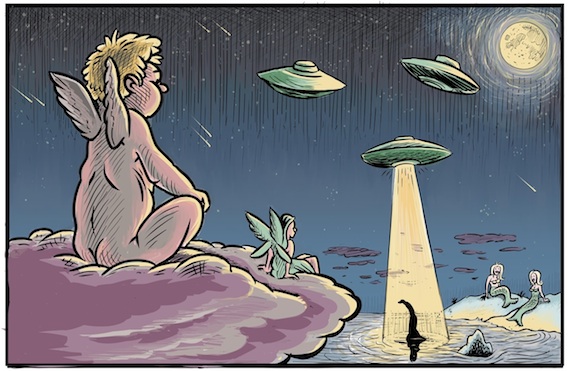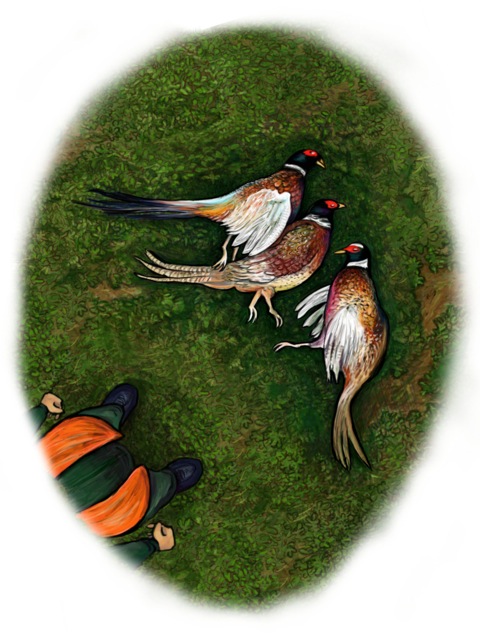
Aliens, Mermaids, and Other Flights of Fancy
Half-human creatures are vehicles for reconciling our species on the continuum of other beasts. Monsters are projections of an atavistic unease -- born of the sense that something bigger and badder is out to get us. These stories get weird and totally out-of-hand, but they never end.

